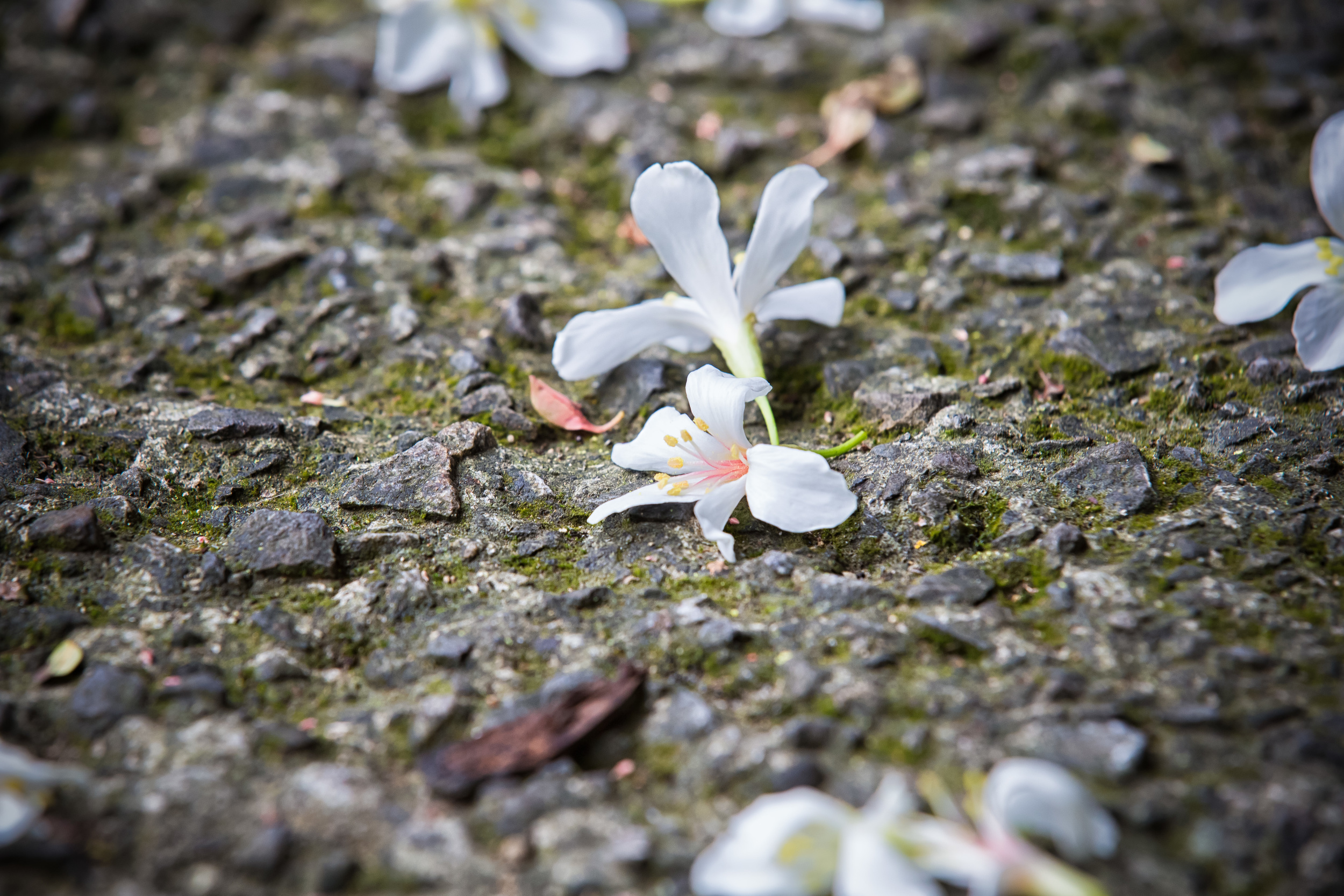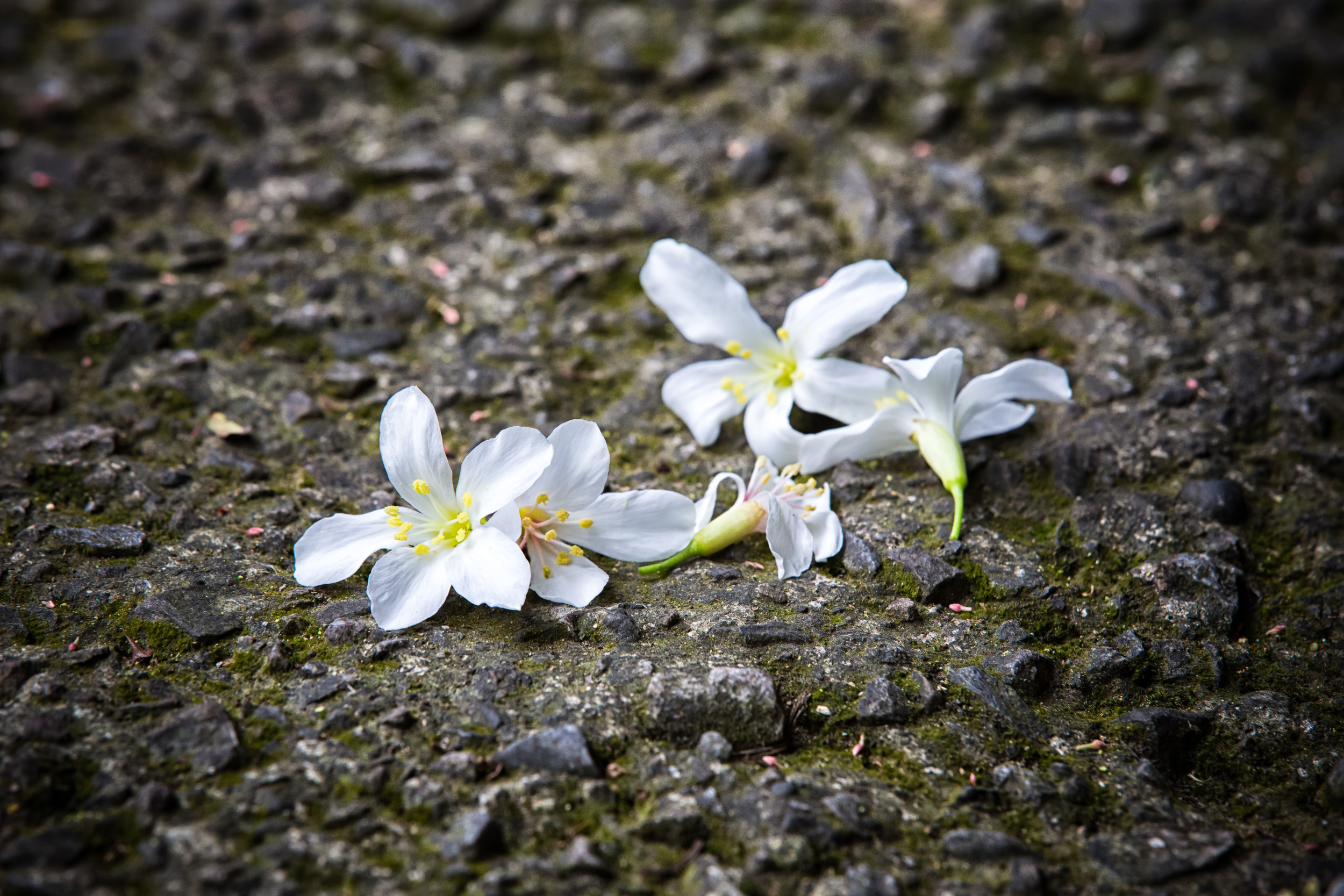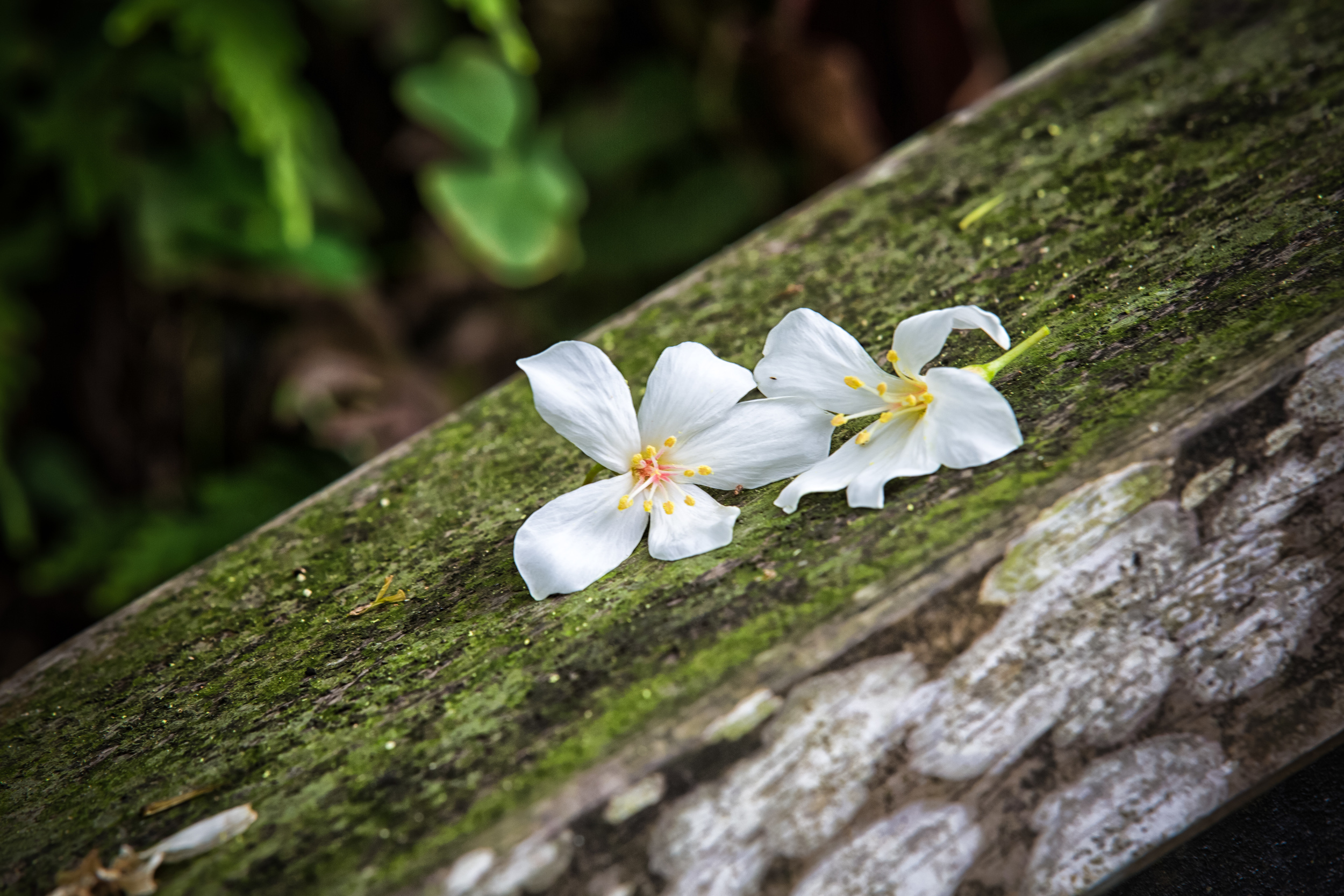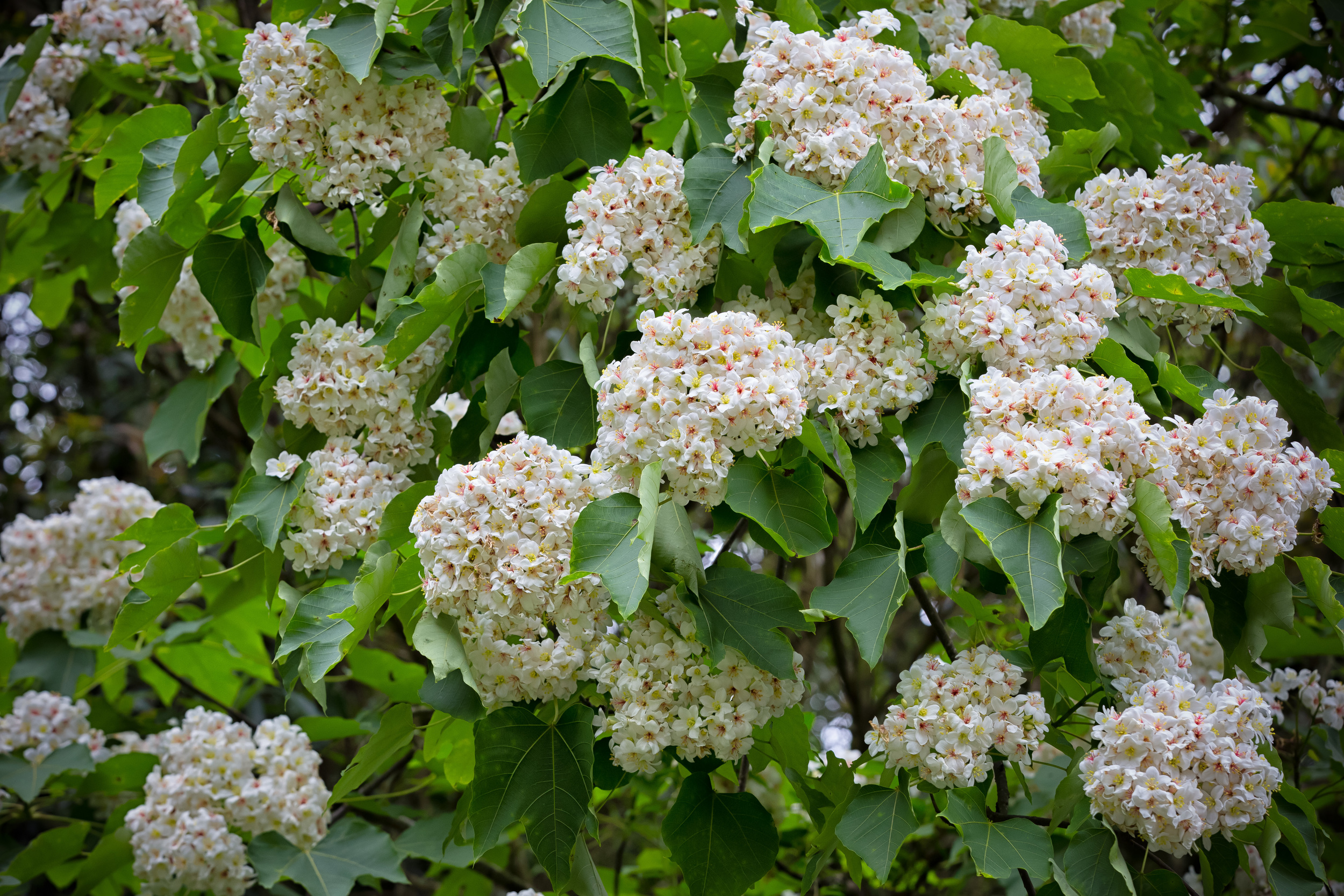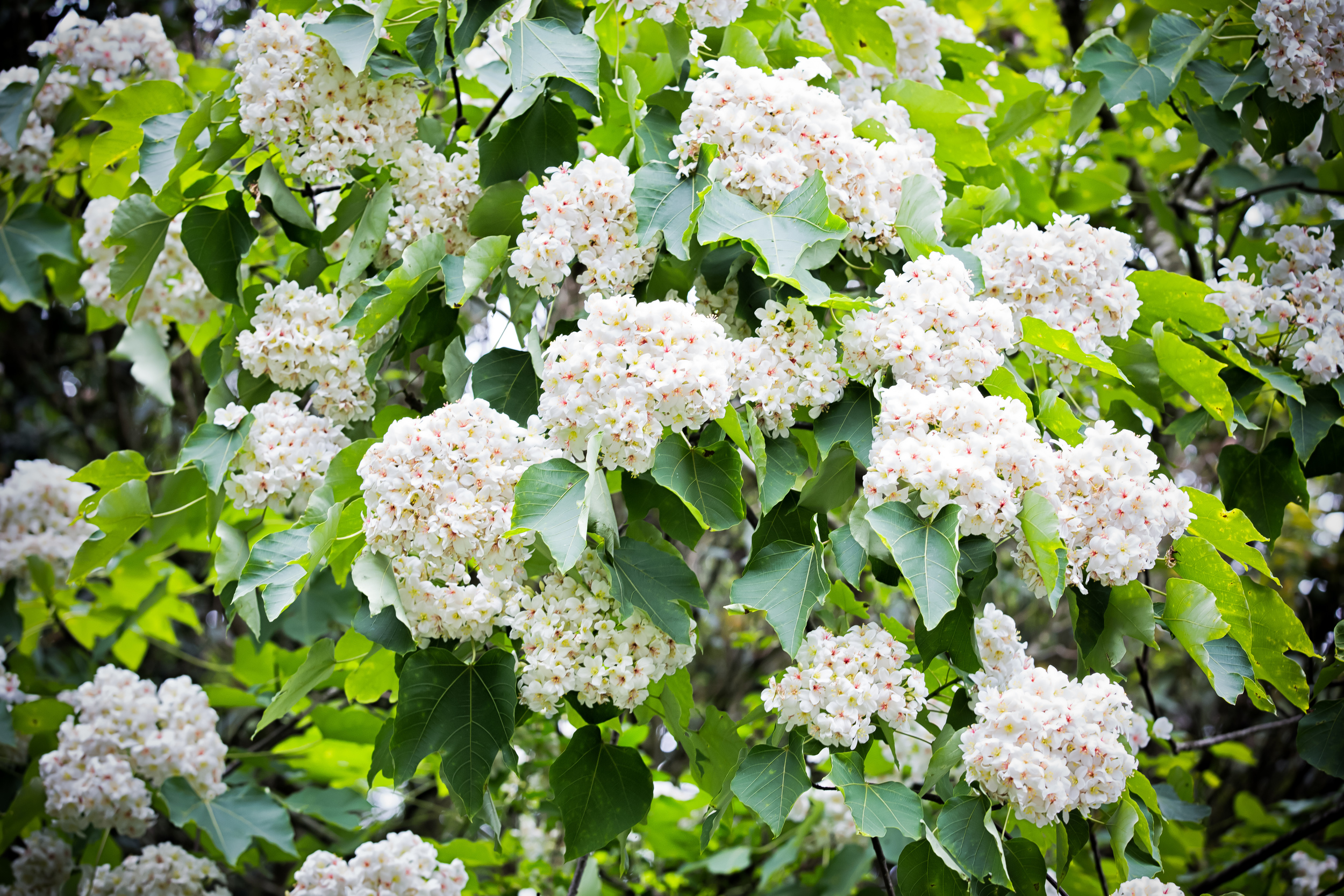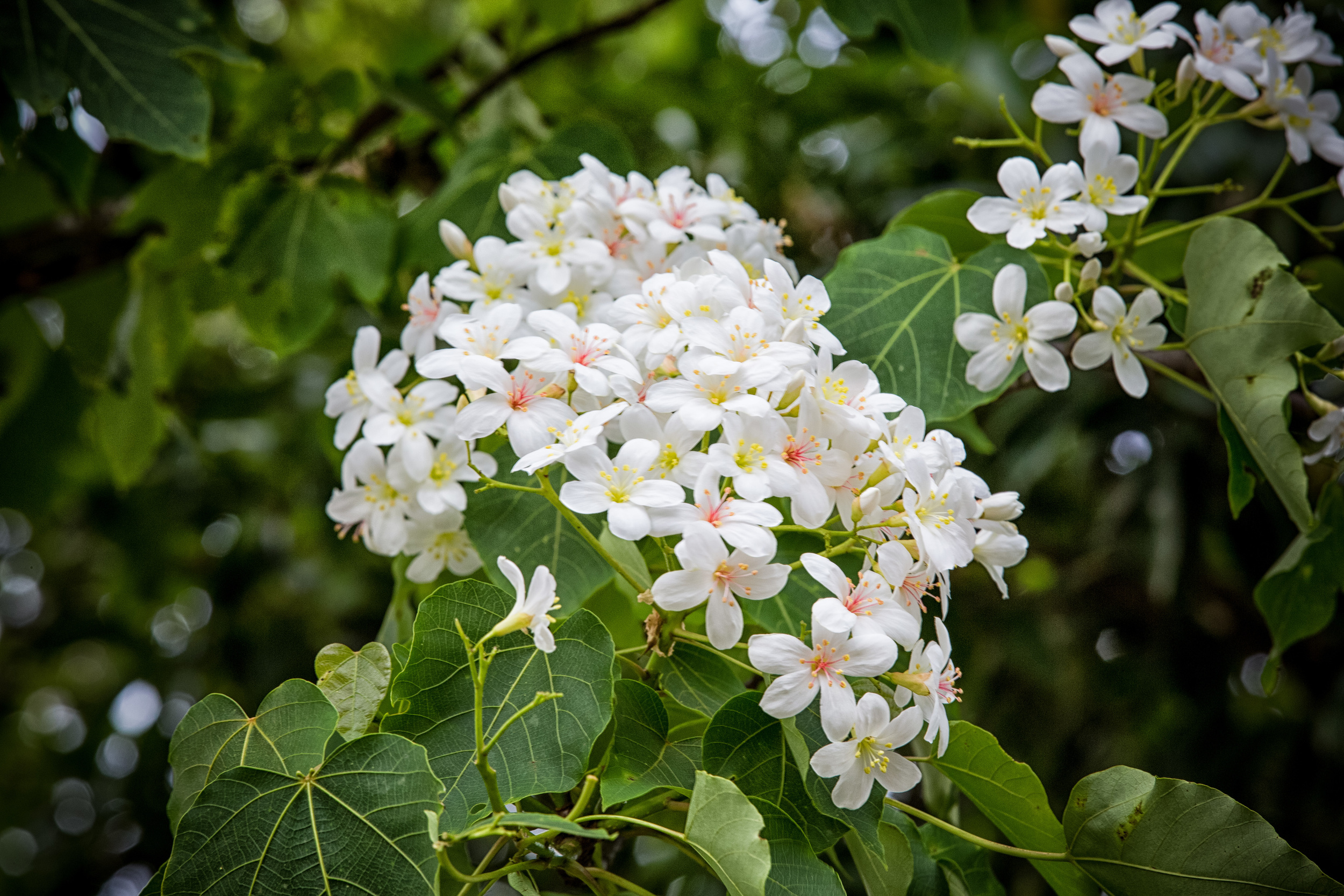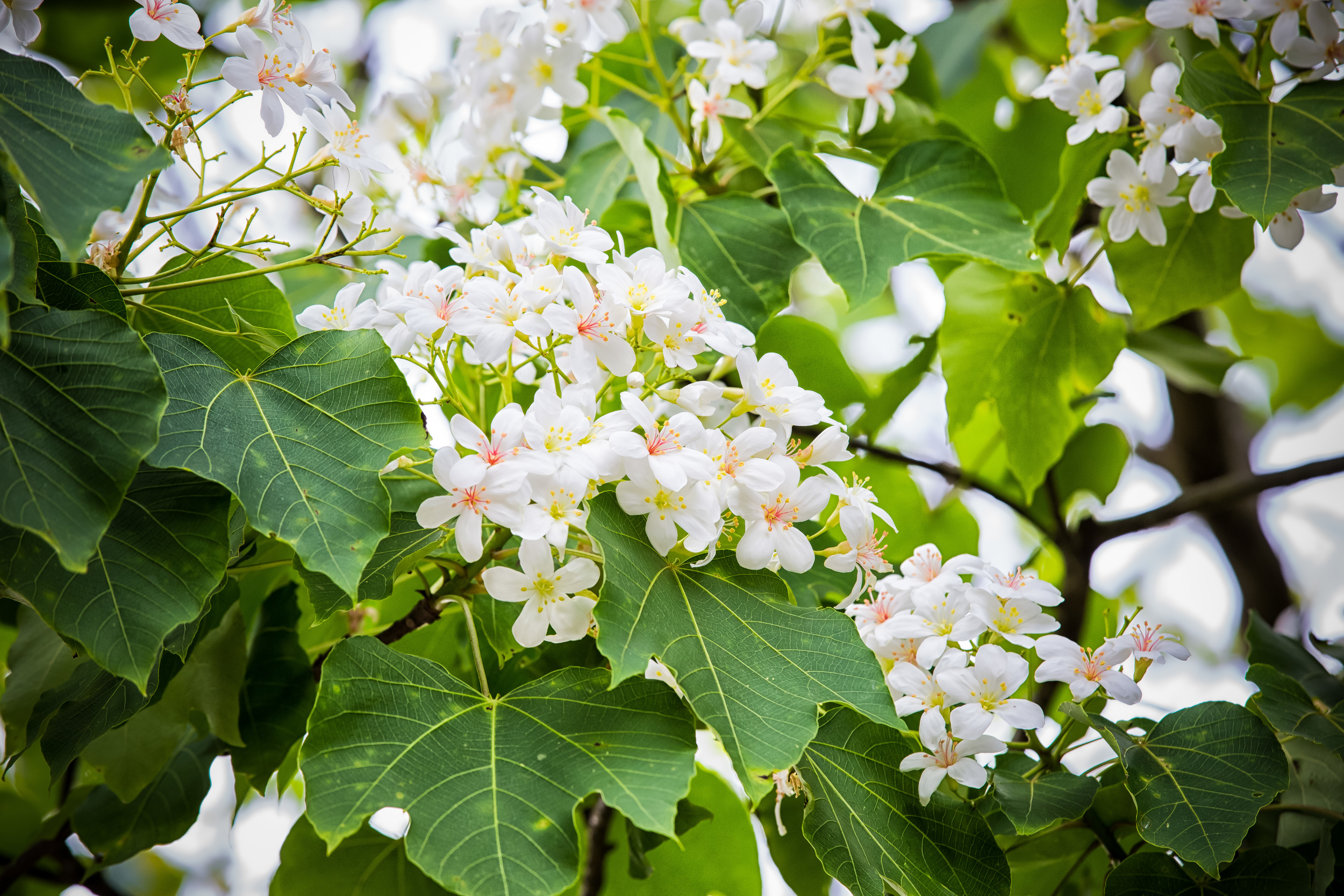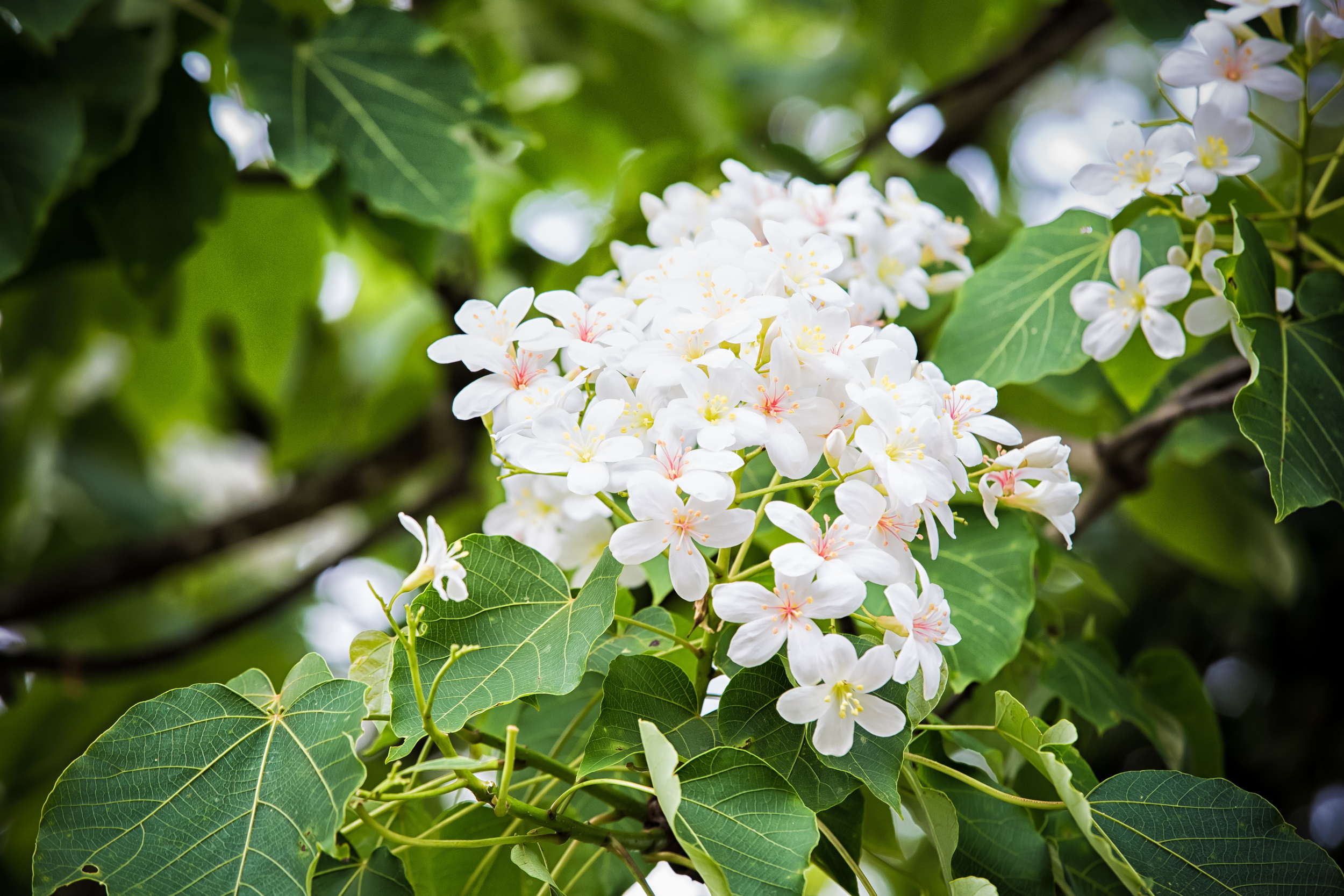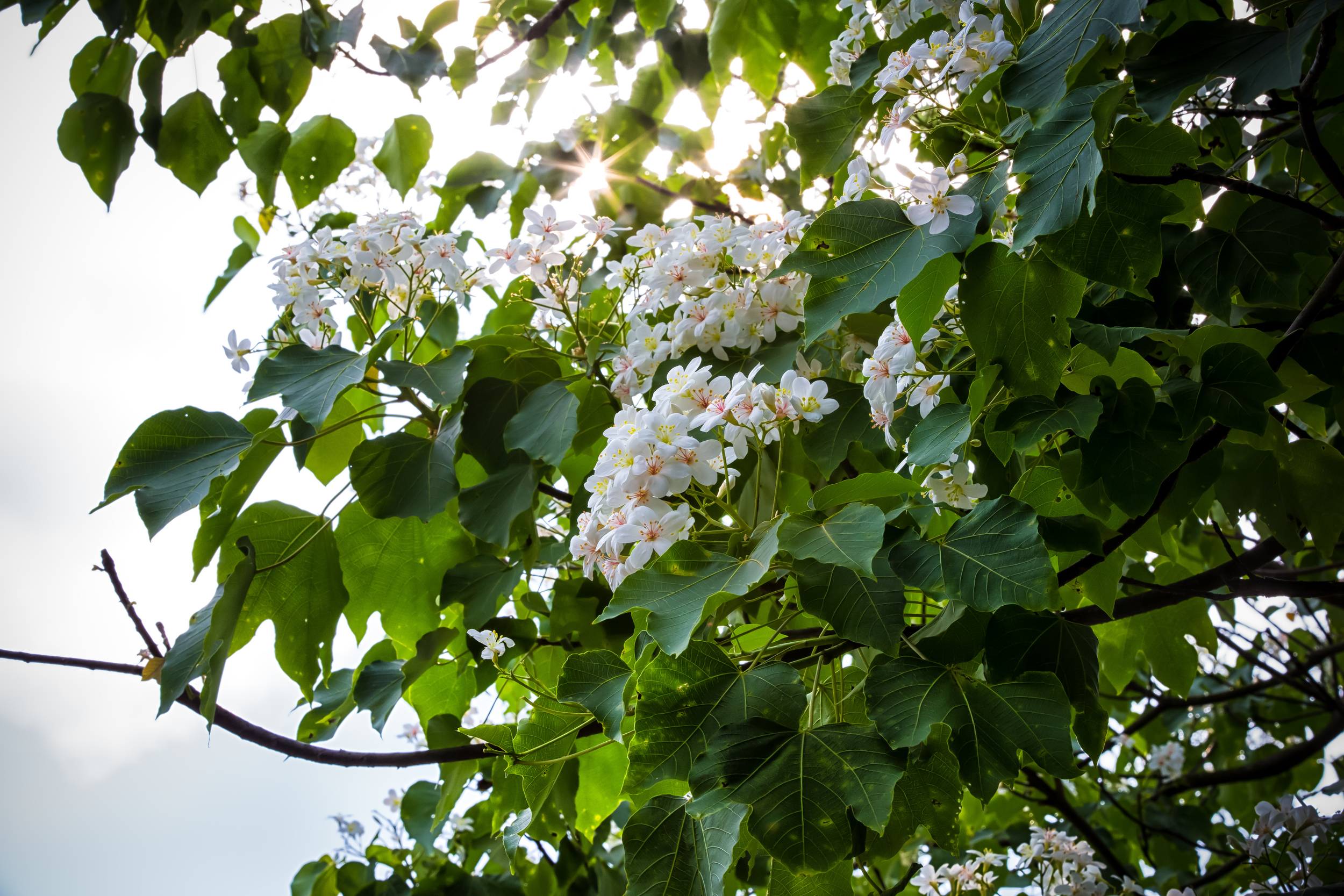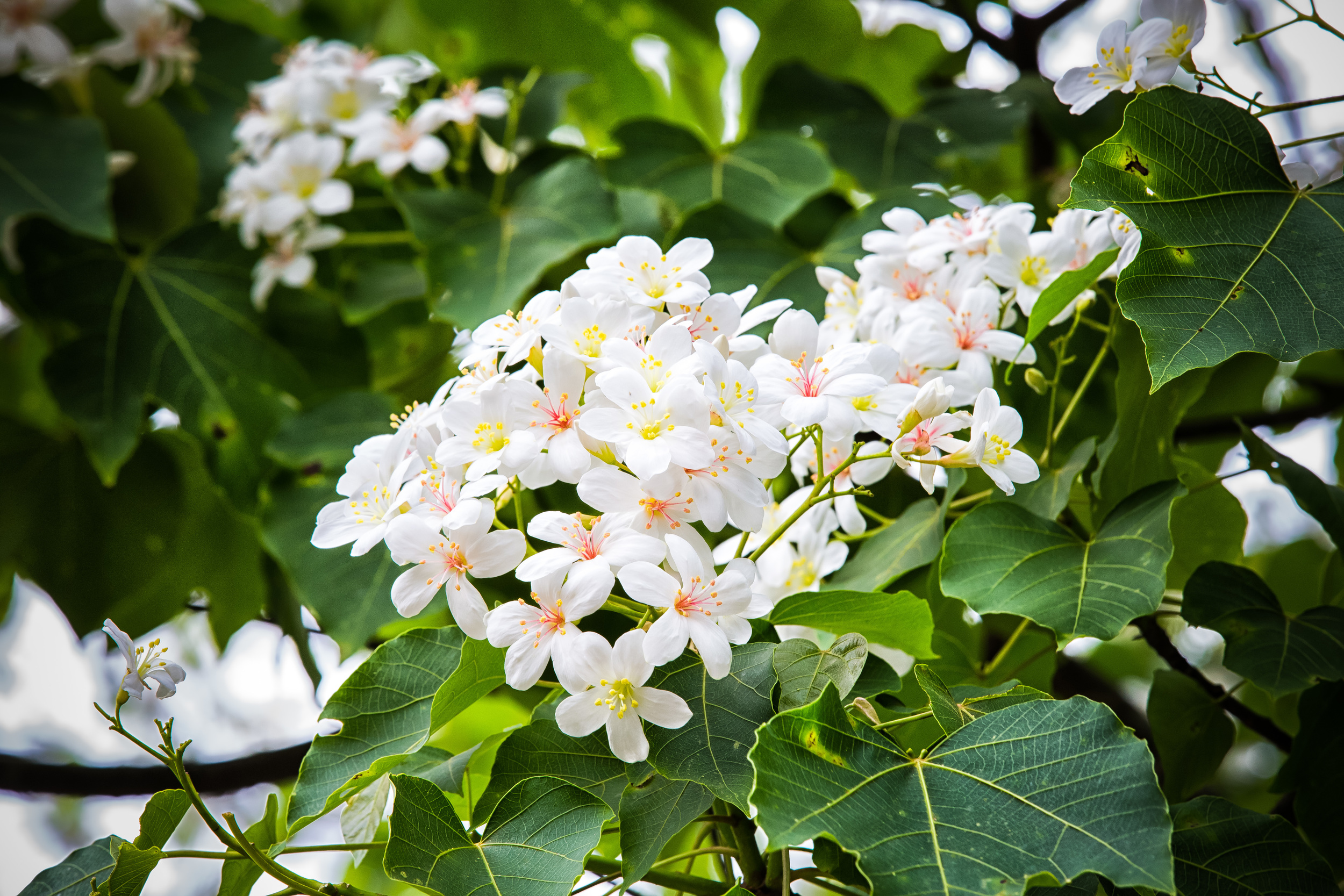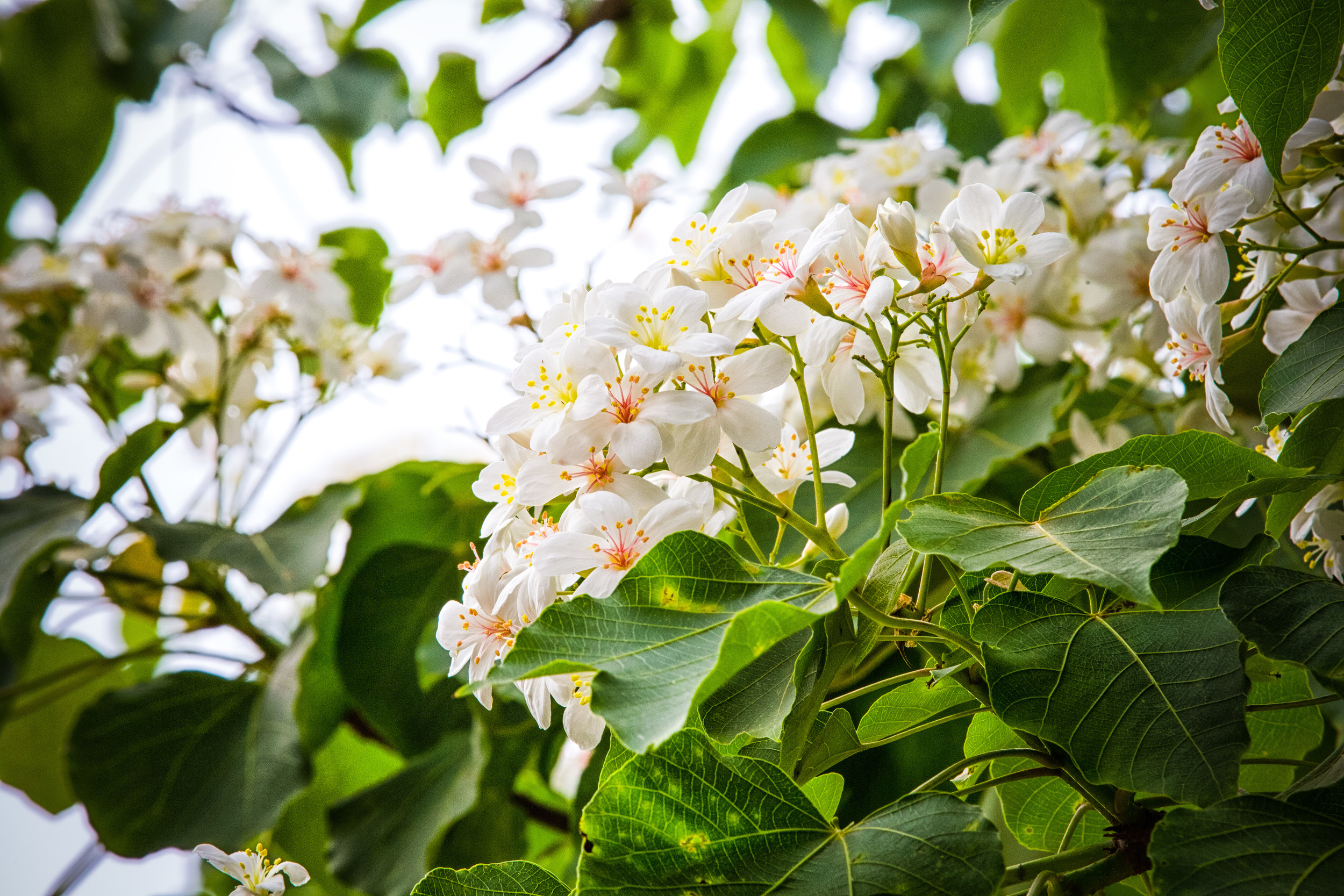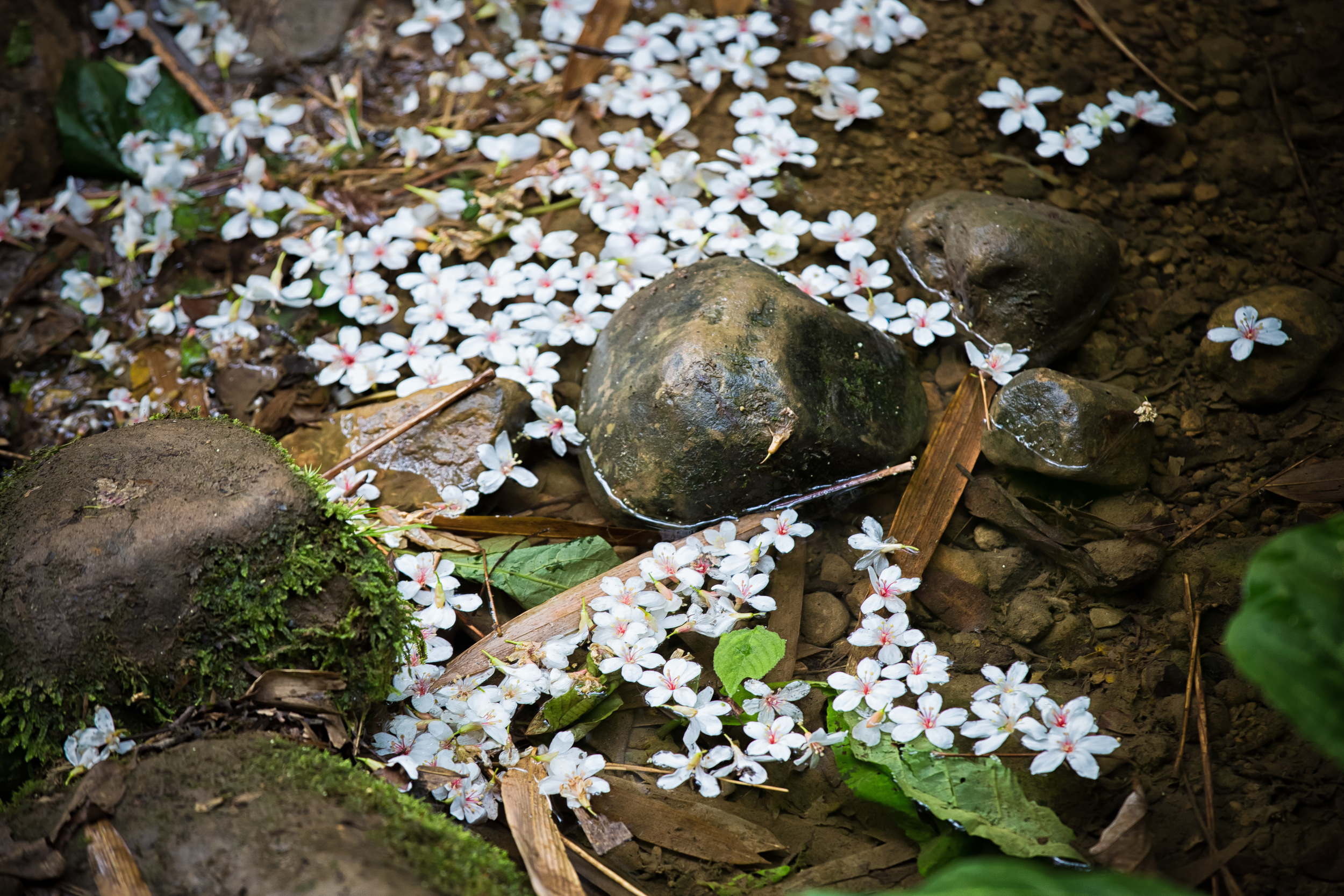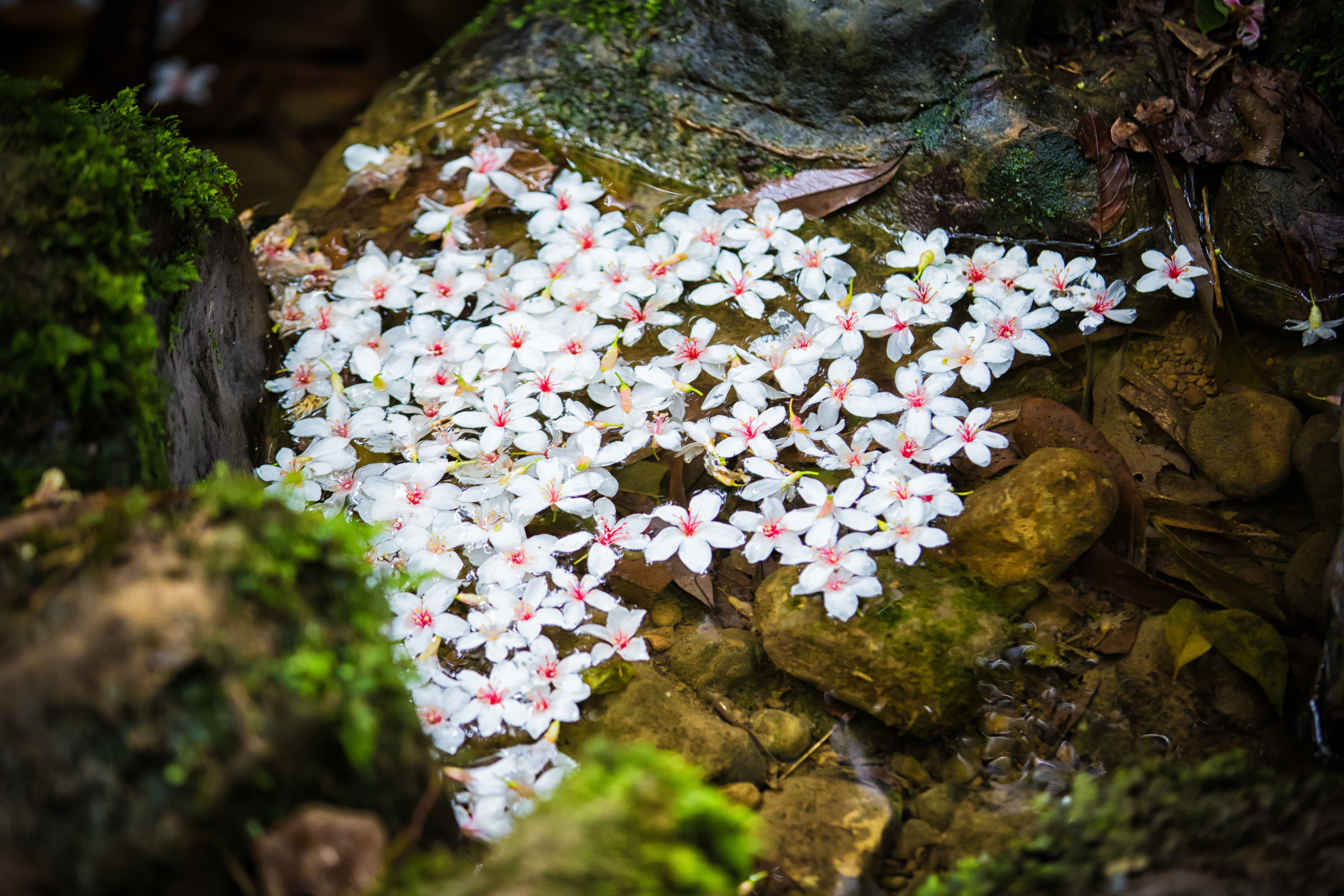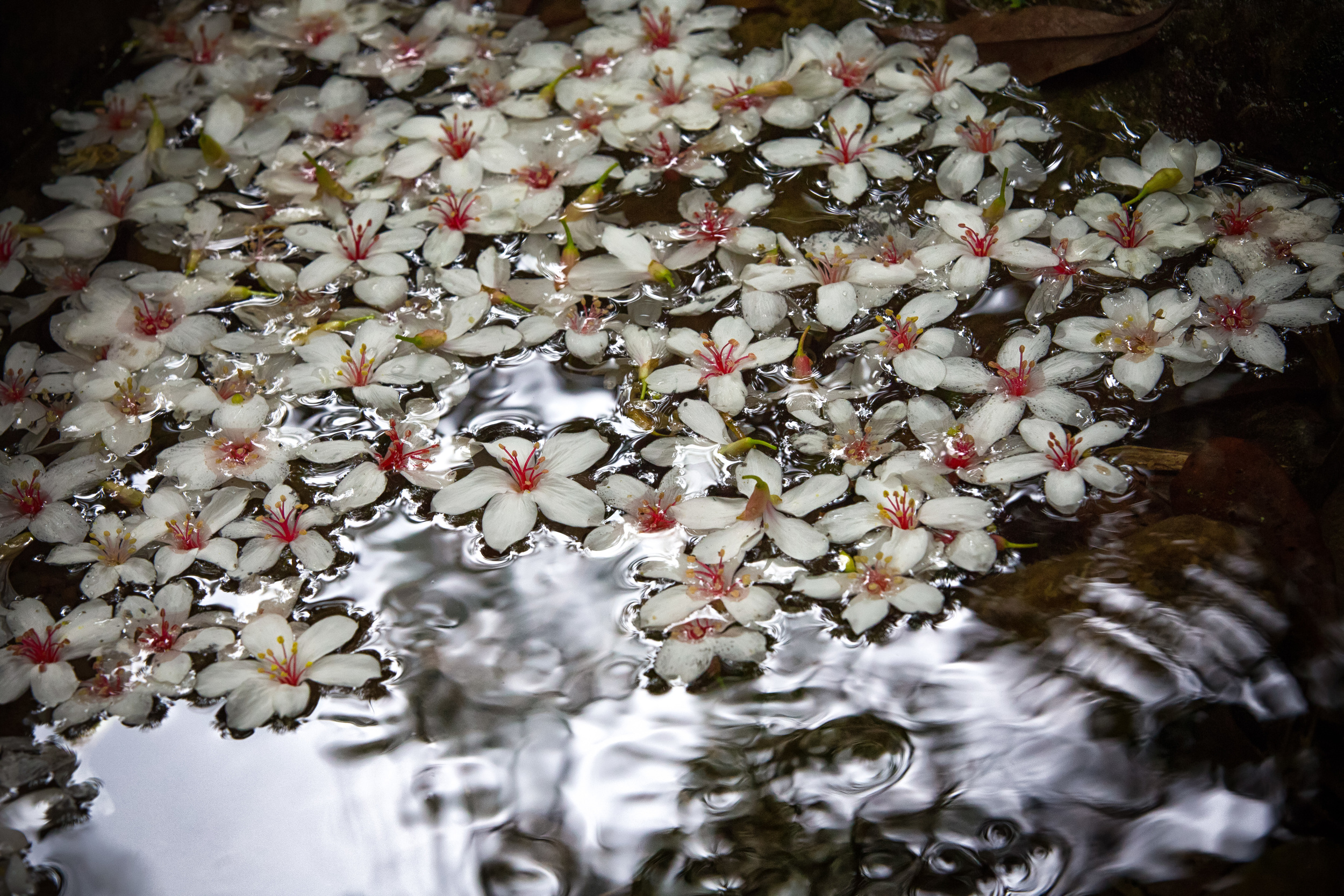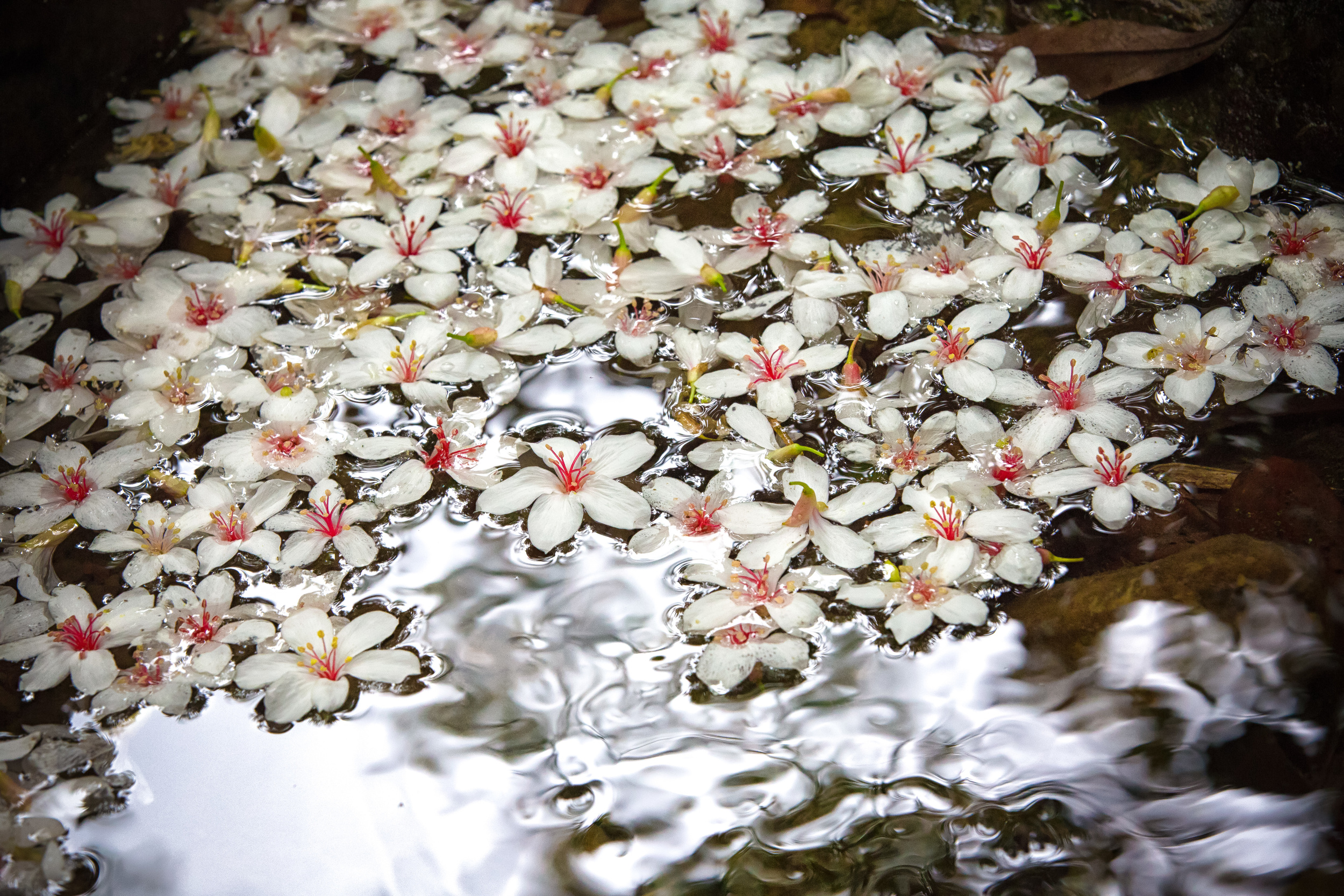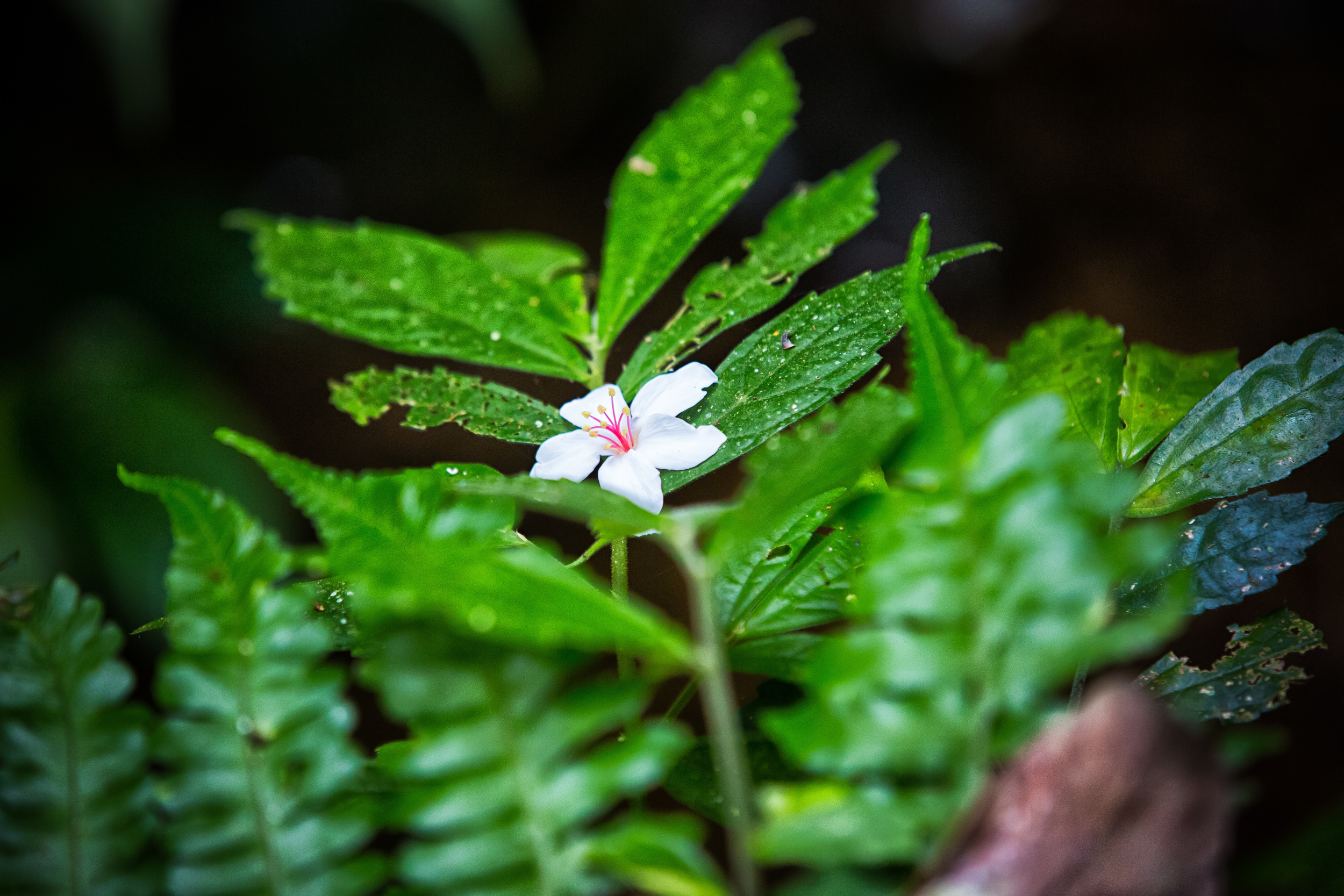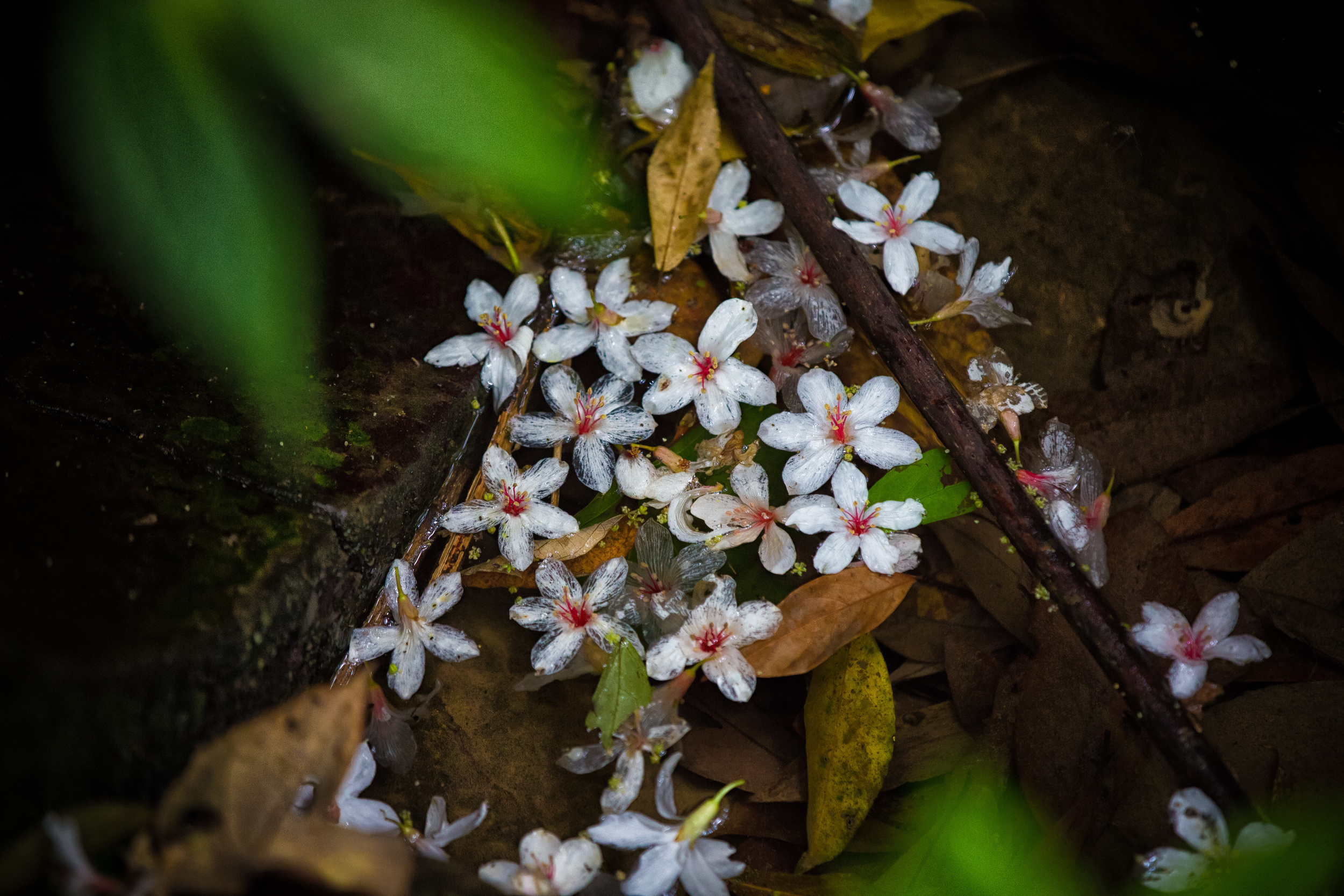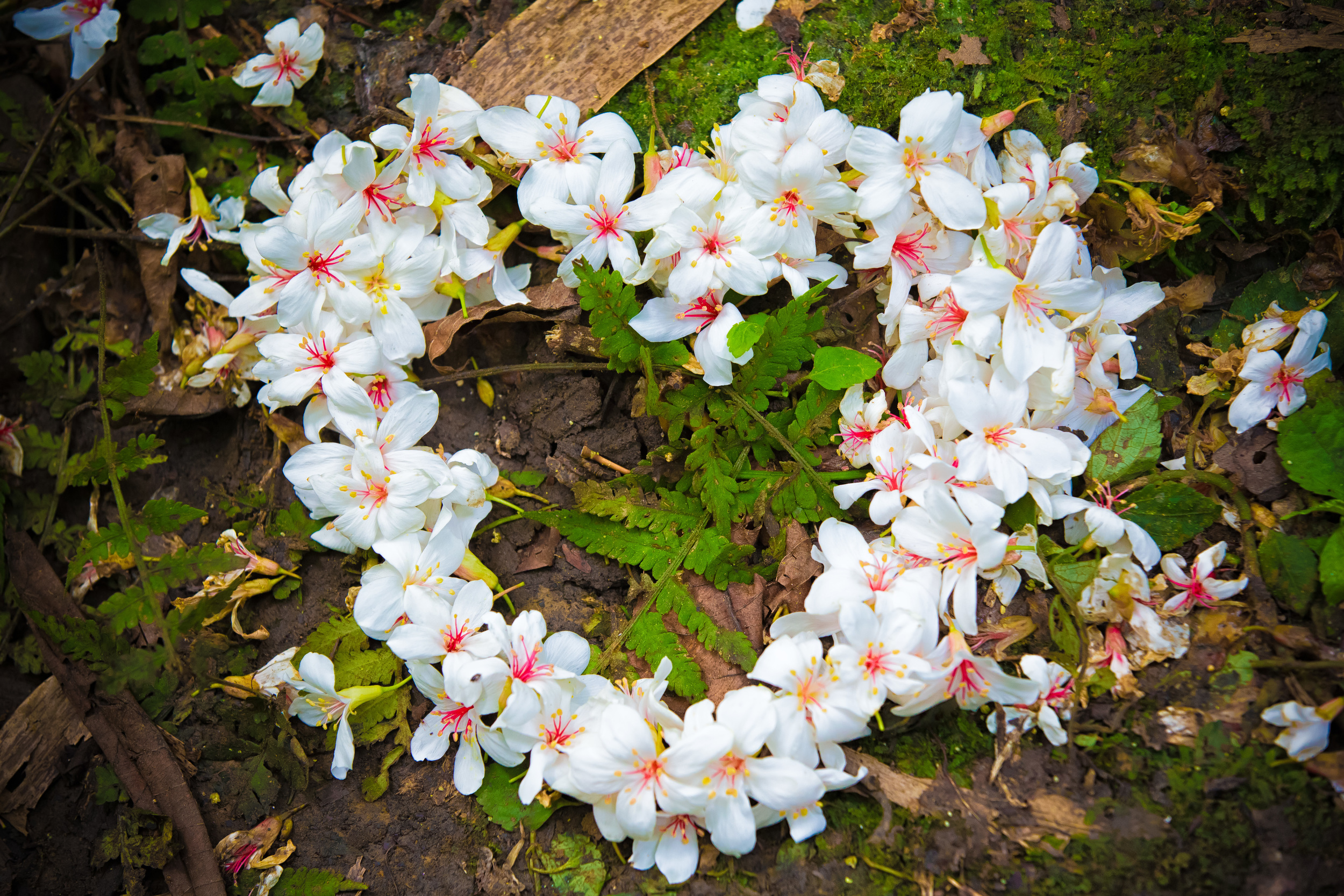The next three posts in my People of the Night series are going to be from Taipei'sNingxia Night Market (寧夏夜市)
The night market is situated in Taipei's lovely Dadaocheng (大稻埕) district which is one of the oldest areas in the city and offers a nostalgic feeling when you visit as most of the buildings in the area have been around for a long, long time.
The Ningxia Night Market is not a large night market, but it has some really great food and is probably most well-known for its Oyster Omelets (蚵仔煎) and other traditional Taiwanese dishes. The night market has been revitalized over the past few years and is really well organized and quality and sanitation are really important to all the vendors.
Admittedly, before starting this project, I had never been to this night market. Since then, I've made several visits over a period of a few weeks and quickly fell in love with this night market.
I have split up my shots from the night market into three posts. The first post will cover drinks and fruit and the two posts following it will be all about the food vendors.
1. Japanese Fish Balls (日式魚蛋)
If there is ANY night market food that I absolutely HAVE to eat while I'm there, its these fish balls. They are made of fish that is ground up into a paste and then formed into balls and braised in a special soup. For me, I always get the fish balls in spicy Szechuan flavour with some wasabi pepper on top. The fish balls come on a stick with four of them for about a dollar US which makes them relatively cheap and a nice appetizer before moving on to other dishes. This stall wasn't the easiest to shoot as the boss has a TV screen blocking the view of him. I really wanted to add a shot of these though because I hold them in such high regard.
2. Oyster Omelets (蚵仔煎)
If you go to Ningxia Night Market and you don't have an Oyster Omelet, you've more or less wasted your time. Ningxia is well known for its Oyster Omelet's and you often have to wait in a long line for the best stalls. In this shot we have an Oyster Omelet chef preparing several omelet's at a time which shows just how busy they are. This particular store is one of the most popular stores in the night market and there are always lines of people waiting to get it - as far as I'm concerned, despite the lines, this one doesn't serve the best Oyster Omelet's in the night market. That is my personal opinion though. I recommend you just try them all and decide for yourself!
3. BBQ Squid (烤魷魚)
Before coming to Taiwan I was a big fan of having calamari at pubs. It was always really expensive though and rarely fresh. Life changed completely when I arrived here as there is fresh squid almost everywhere. The Taiwanese are masters when it comes to cooking squid and at this particular stall you get an entire squid fresh off the grill. When the squid is ready you can eat it hot off the stick, or the boss will cut it up in pieces for you and give you a toothpick to eat it with. No matter how you eat it, if you come to Taiwan, you should definitely have some squid.
4. Grilled Seafood (烤海鮮)
These kind of seafood stalls are somewhat of a new thing in Taiwan's night markets. I'm not sure if they're a reflection of the influx of Chinese tourism, or if it is just a natural progression in Taiwan's seafood market. Whatever the reason, you can buy some fresh oysters, squid, shrimp, fish and Japanese scallops at market price and the boss will grill them up for you. I haven't really tried these stalls as I'd prefer to have a seafood feast at a harbour where the fish has just came off the boat. I don't think the seafood is actually very expensive though, so if you are into seafood, give it a try!
5. Oyster Omelets (蚵仔煎)
Oyster omelet's are so popular at the Ningxia Night Market that you have stalls that sell other foods, but also sell the omelet's as a way to stay in business. This stall sells a variety of dishes including fried noodles, medicinal lamb soup, fried rice and oyster omelet's! In the shot we can see the boss preparing several omelet's which means that even though he likely specializes in other foods, he still does great business selling the omelet's as well.
6. Grilled Squid stuff with Rice (烤魷魚飯)
This is somewhat of a new dish in Taiwan and I can't really say whether it is good or bad. The boss soaks a squid in its ink and then puts a kind of rice inside the squid and wraps it up and barbecues it. When the squid is finished the boss will slice it up and to me, the finished product looks a little bit like an eggplant. I haven't tried this dish yet, but I plan on trying it the next time I see one as it seems quite interesting.
7. Deep Fried Shrimp Buns (炸蝦仁包)
These things are a new take on an old classic. Steamed Buns, or Baozi (包子) are a popular food from northern China where you have a nice bread-like exterior with some meat inside. These "Baozi" are 100% Taiwanese though as the filling consists of fresh oysters or shrimp with egg and are then closed up and deep fried. They are an interesting new take on the traditional steamed buns and are a testament to how Taiwanese take old dishes and make them their own. I tried several times to get a shot of this vendor as I passed by but she is always wearing a face mask for sanitary reasons. I haven't actually tried these buns yet, but as I sit here writing about them, I'm starting to crave one. Looks like I'll be heading to the night market soon!
8. Grilled Seafood (烤海鮮)
Same boss, different night! This shot is a different perspective of the same guy in #3. In this shot we have a different angle of the vendor and his stall which shows some squid that is ready to be prepared (on the stick), some boxes of steamed shrimp with garlic as well as some raw shrimp and raw squid waiting to be prepared. I'm not sure if seafood was always popular at the Ningxia Night Market (apart from Oyster Omelet's) or if the current stalls are a result of the influx of tourists from China - nevertheless, more stalls selling grilled squid with different options is fine by me! You can never have enough squid as far as I'm concerned!










